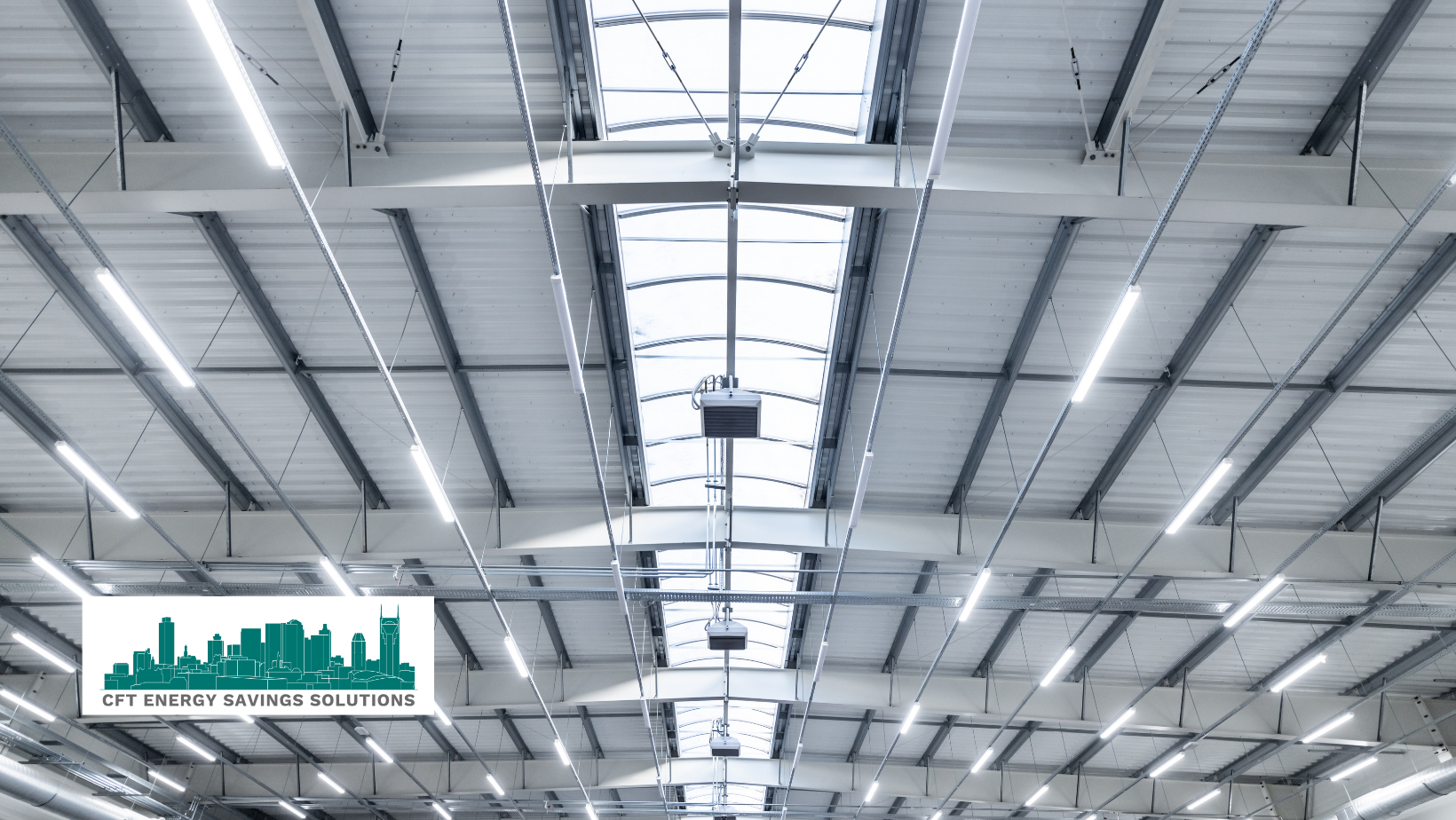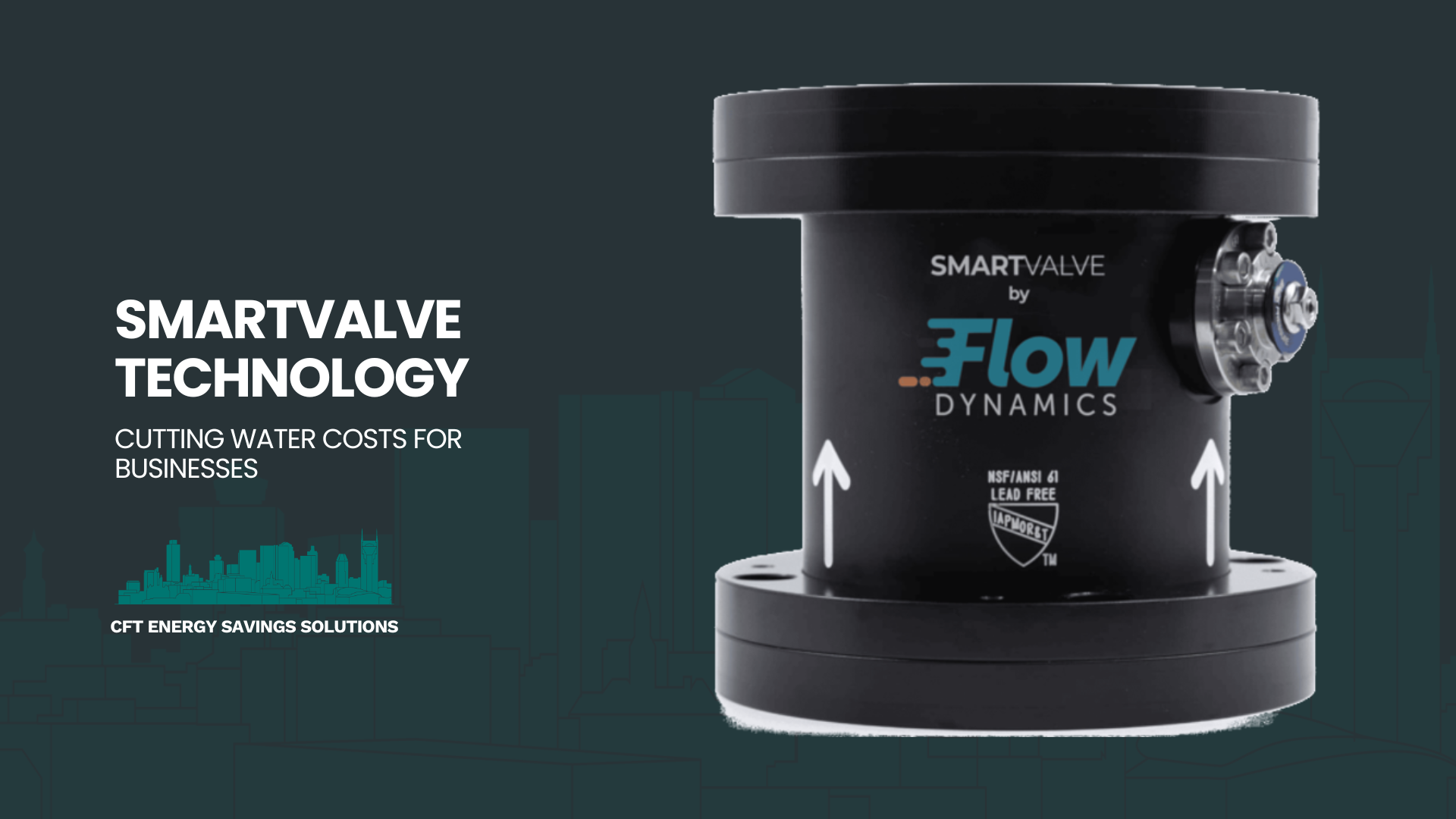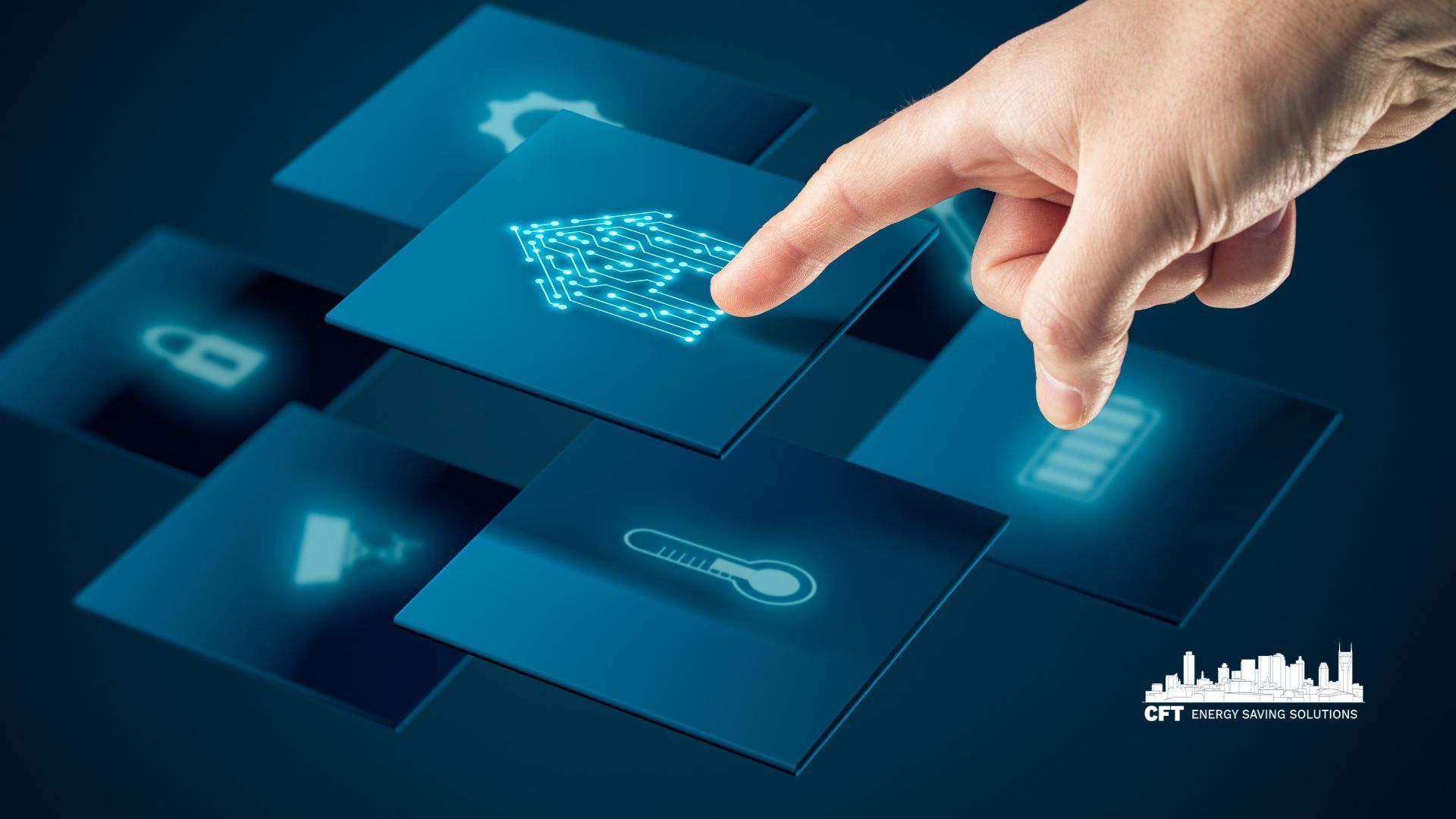Reducing commercial utility bills is a top priority for businesses looking to increase their profitability and sustainability. By implementing energy-saving measures, companies can significantly lower their operating costs and contribute to a greener future.
In this article, we will explore the top 10 ways to reduce commercial utility bills, covering a range of strategies that encompass energy efficiency, water conservation, and smart technology solutions. Whether you own a small business or manage a large commercial facility, these practical tips will help you optimize your energy usage and save money in the long run.
Conduct an Energy Audit
Before implementing any energy-saving measures, it’s crucial to assess your current energy consumption patterns. An energy audit, conducted by a professional or through software tools, can help identify areas of inefficiency. By analyzing your energy usage and identifying areas where you can make improvements, you can develop a targeted plan to reduce utility bills.
Upgrade to Energy-Efficient Lighting
Lighting accounts for a significant portion of energy consumption in commercial buildings. Replace traditional incandescent bulbs with energy-efficient alternatives such as LED lights. LED lighting not only consumes less energy but also lasts longer, reducing maintenance costs. Additionally, consider installing motion sensors and timers to automatically control lighting in areas that are not constantly occupied, such as restrooms and conference rooms.
Optimize HVAC Systems
Heating, ventilation, and air conditioning (HVAC) systems consume a substantial amount of energy. Regularly clean and maintain HVAC equipment to ensure optimal performance. Upgrade to energy-efficient models that meet or exceed ENERGY STAR® standards. Implement programmable thermostats to regulate temperature settings based on occupancy and time of day. Proper insulation and sealing of ductwork can also significantly improve energy efficiency.
Implement Smart Energy Management Systems
Smart energy management systems provide real-time data on energy usage, allowing businesses to monitor and optimize energy consumption. These systems can automatically adjust lighting, HVAC, and other energy-consuming devices based on occupancy, ambient conditions, and energy demand. By leveraging advanced automation and control features, businesses can achieve substantial energy savings while maintaining comfort and productivity levels.
Use Power Strips and Smart Plugs
Many electronic devices continue to draw power even when they are turned off. To prevent unnecessary energy waste, utilize power strips and smart plugs. These devices allow you to cut power supply to multiple devices simultaneously, reducing standby power consumption. Smart plugs offer additional features such as scheduling and remote control, enabling you to have better control over energy usage.
Opt for Energy-Efficient Appliances and Equipment
When it comes time to replace or upgrade appliances and equipment, choose energy-efficient models. Look for ENERGY STAR® certified products that meet stringent energy efficiency standards. Energy-efficient refrigerators, water heaters, computers, and other office equipment can significantly reduce energy consumption and lower utility bills.
Implement Water Conservation Measures
Water consumption is another major expense for commercial facilities. Install low-flow faucets and toilets to reduce water usage without compromising performance. Regularly inspect and repair water leaks promptly. Implement smart water management systems, such as the Smart Valve, which can reduce water spend by 10-30% through advanced water flow control and monitoring.
Optimize Natural Lighting
Take advantage of natural light to reduce reliance on artificial lighting during daylight hours. Maximize the use of windows and skylights to allow natural light into your workspace. Arrange workstations to maximize natural light exposure and consider using light-colored walls and reflective surfaces to enhance light distribution.
Educate and Engage Employees
Employees play a crucial role in energy conservation efforts. Educate your staff about the importance of energy efficiency and provide them with practical tips for reducing energy usage. Encourage employees to turn off lights, computers, and other equipment when not in use. Create a culture of energy consciousness and incentivize energy-saving behaviors.
Monitor and Track Energy Consumption
Regularly monitor and track your energy consumption to identify areas of improvement and evaluate the effectiveness of implemented measures. Utilize energy management software or smart meters to monitor real-time energy data and identify anomalies or inefficiencies. By analyzing energy usage patterns, you can make data-driven decisions and further optimize your energy-saving efforts.
Reducing commercial utility bills is a multifaceted endeavor that requires a comprehensive approach.
By implementing the top 10 strategies outlined in this article, businesses can significantly lower their utility bills while promoting sustainability. From conducting energy audits and upgrading lighting to implementing smart energy management systems and engaging employees, these actionable steps can pave the way for substantial savings and a greener future. Embracing energy efficiency not only benefits businesses’ bottom line but also contributes to a healthier environment for all.
Start saving on your energy bills today! Request a review of your water and power bills with CFT Energy Saving Solutions.
In addition to following the steps in this article, see how CFT’s unique energy saving technologies fit into the above-listed categories and your facility. CFT offers no cost, no obligation utility bill analyses so you can see how our technologies help you achieve your sustainability goals.
Get A Free Bill Analysis and Start Saving On Your Water and Energy Bills Today!
Why pay more on your utility bills? Contact our office today to learn how CFT Energy Savings can help you save on your electric and water bills.
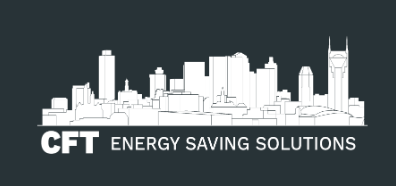
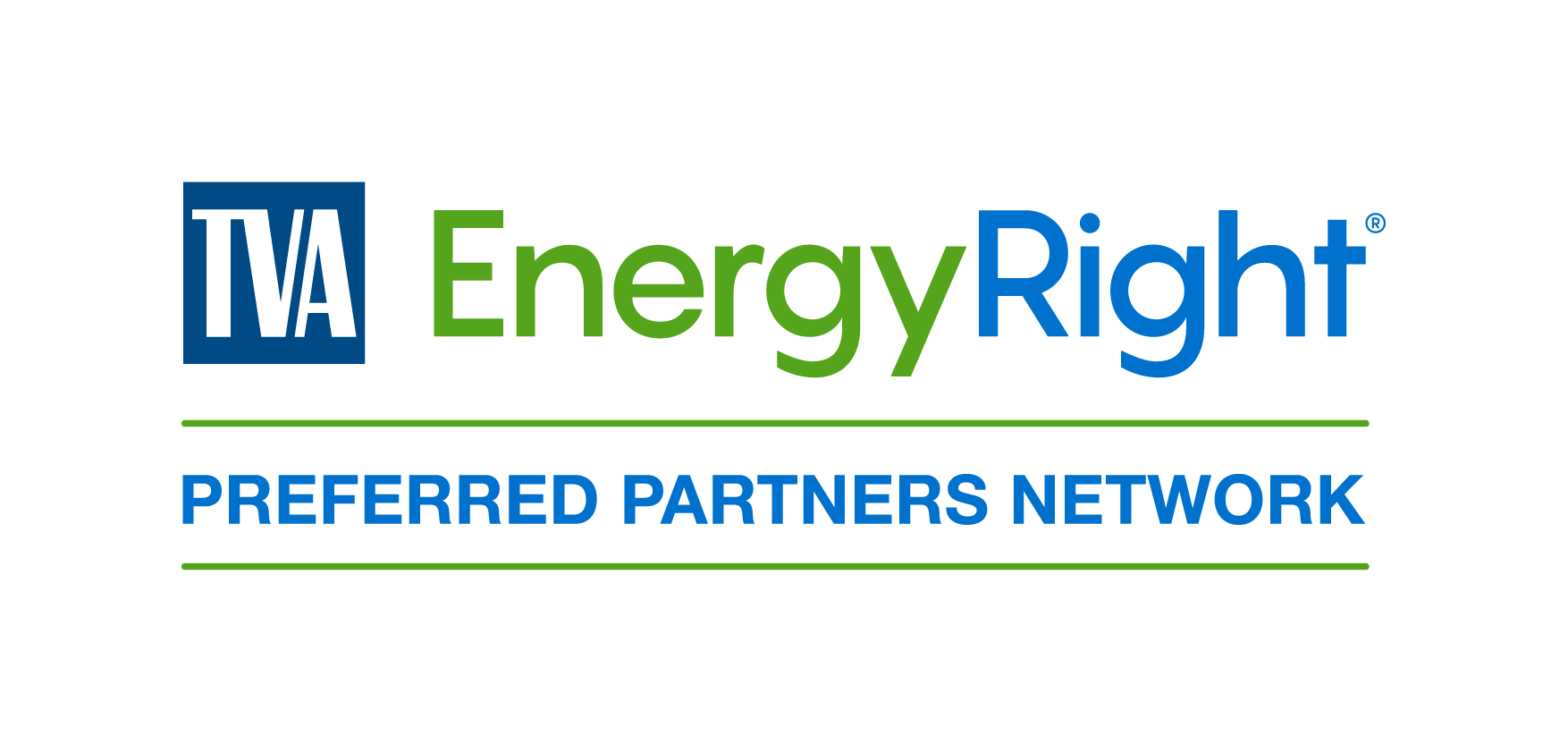
CFT Energy Savings Proud Partners of TVA EnergyRight, Flow Dynamics LLC, TPI Efficiency, Badger Meter, GEM-Electric, BuildingLogix, and CFT Water Intelligence.
About us
CFT LLC has thirty-nine years experience in the design development of digital system projects ranging in size from $10,000.00 to $3,000,000.00 and will support your company’s pre-construction team with budget estimates throughout this process at no cost to your firm.
All Rights Reserved | CFT Energy Savings
Business Website Design and SEO Services by ZaoMedia


